Oregon Health and Science University makes strides increasing diversity in clinical studies
Many Oregon Health and Science University clinical trials, research that tests medical treatments and their effectiveness on human health, have been focused at bringing participants to OHSU.
Now OHSU researchers are trying to find innovative ways to bring clinical research to local communities and include a more diverse participant population and connect to the community.
OHSU believes research participant populations should be representative of the general population. But many people face barriers to being included, such as financial, cultural, and language barriers, as well as finding transportation or understanding how to be involved, researchers said.
“We have to meet people where they are at,” said Eneida Nemecek, medical director for clinical research at OHSU’s Knight Cancer Institute.
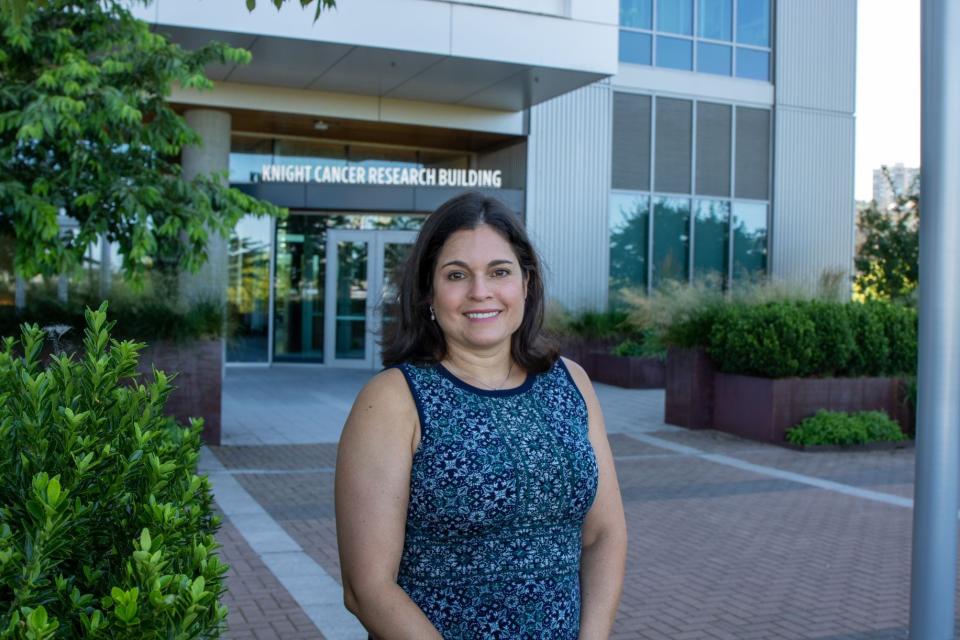
Nemecek said OHSU community research liaisons are located in eight regions of Oregon to meet with people and develop advisory boards to learn what the needs of communities are.
“OHSU is really invested in this spectrum of how we build up these communities and listen to them,” said Melinda Davis, co-director of community and collaboration at Oregon Clinical and Translational Research Institute.
Davis, who also serves as interim director of Oregon Rural Practice-Based Research Network, said bringing the research into local clinics, for example, is one way researchers can reach more people and gain trust from communities.
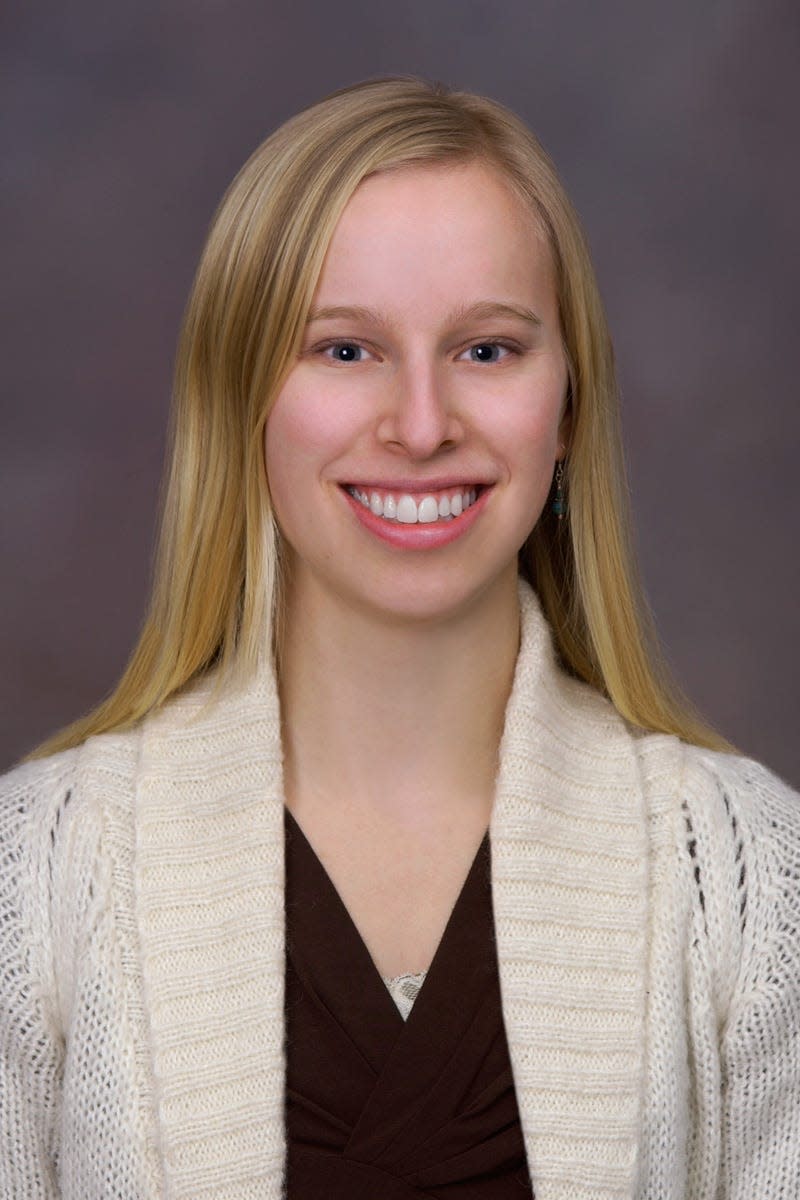
Many people also may face language barriers in signing up for and completing steps of a study when trying to participate in research.
Translation services are available for many languages through OHSU phone lines. Most clinical trials at OHSU provide some, if not all, of their materials in Spanish, and many clinical trials are working to reach Latino populations in Oregon, too.
Nemecek, whose first language is Spanish, said the Knight Cancer Institute has partnered with Telemundo Portland to produce “Elemento Latino” videos that encourage people to engage with clinical research and educate them on how to do that.
OHSU researchers said they also want people to know that anyone can be involved with clinical trials.
There are studies for people of color by people of color. Some are available completely in Spanish, and some can be done from home. There are trials for individuals older than 60 with a variety of communication options available, and some for youth and children.
OHSU also wants people to feel that they can benefit from being involved with research; many studies provide information back to participants.
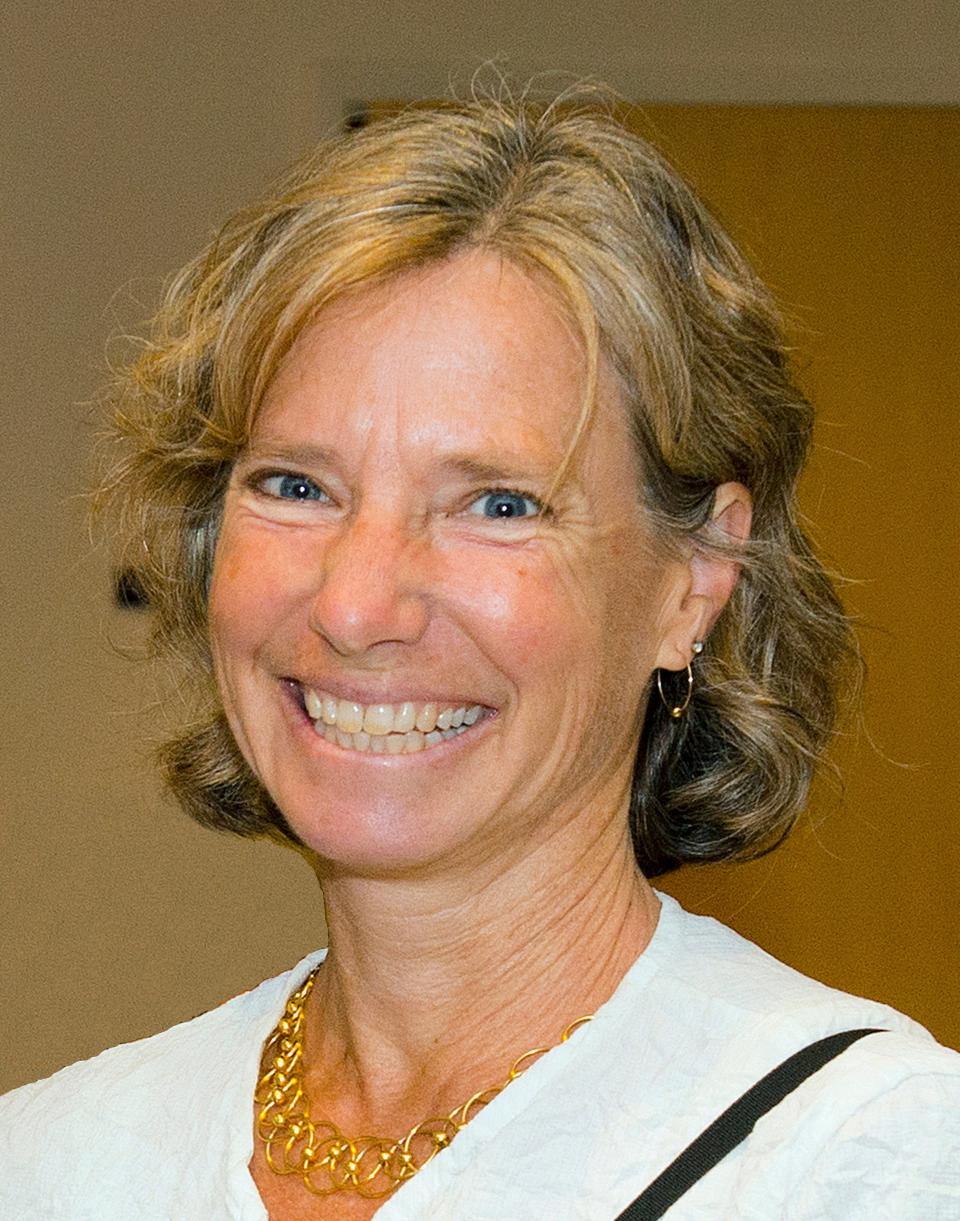
“It’s not just about taking information and answering our questions, but it’s sharing that information back to the people that we’ve engaged in carrying out this research,” said Jackie Shannon, associate director of community outreach and engagement at OHSU’s Knight Cancer Institute.
Three studies at OHSU have made specific efforts to include a more diverse participant population by bringing their research to local communities.
The SHARP study: Memory loss and Alzheimer’s in Black and African Americans
Cognitive decline, including Alzheimer’s disease, disproportionately impacts older Black Americans at about twice the rate of whites, said Raina Croff, principal investigator of the Sharing History through Active Reminiscence and Photo-Imagery (SHARP) study.
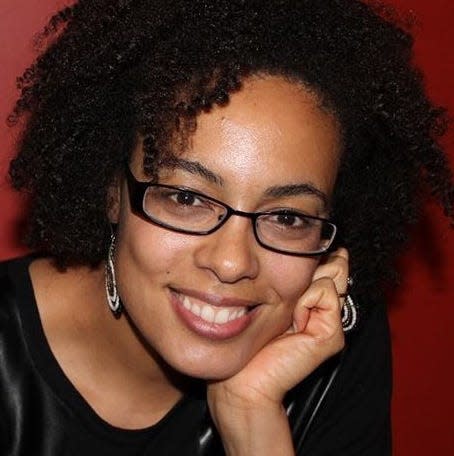
Gentrification, or when people in low-income urban areas are displaced by wealthier people moving in and changing the community dynamics, also has a disproportionate impact on Black Americans.
The SHARP study is aimed at maintaining or improving cognitive health in African Americans ages 55+ while also honoring the culture of Portland’s historically Black neighborhoods.
The study began in 2015 and receives funding from the Alzheimer’s Association, the Oregon Roybal Center for Aging and Technology, the NIA Layton Aging and Alzheimer’s Disease Center, and the Centers for Disease Control and Prevention.
Croff said Black people who bought homes in North and Northeast Portland because of discriminatory mortgage practices in other areas are being pushed out by high prices.
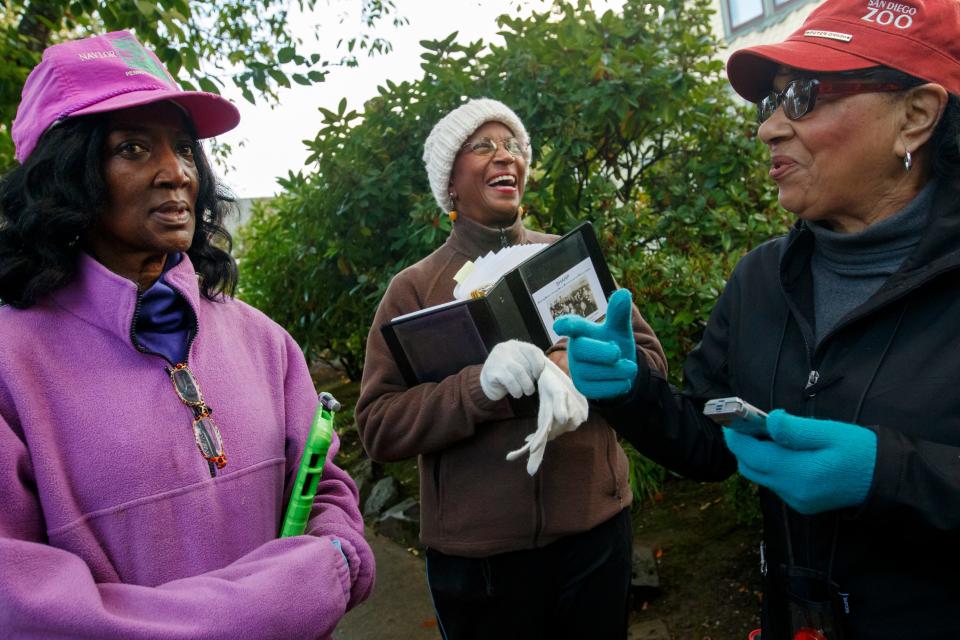
Many people were eager to engage with the study, she said, because they had concerns about gentrification and the preservation of their shared history.
“We are a part of the Oregon story,” said Croff, “so not only should our historical lived experiences be something that other people care about, but so should our health.”
SHARP is a unique study in that it was created by Black people for Black people, Croff said. She engaged many emerging scholars of color with the research and listened to Northeast Portland community feedback in creating the walks.
“Black participants, people who are interested in research, they don’t want to be expected to adapt themselves to fit into research studies that have been designed by, tested by, and developed by white people,” said Croff.
The first three trials of the SHARP study, held in Northeast Portland, consisted of individuals aged 55 and above. Participants met in groups of three about three times a week to walk a pre-designed 1 mile route.
As they walked, they had a tablet that prompted them with questions and provided historical context, including news clips, photographs and advertisements.
Before and after the study, participants took a test to determine their “cognitive score.” Their blood pressure, weight, and mood also were monitored.
In the 2017 cohort, which included both cognitively healthy adults and those experiencing mild cognitive impairment, 67% overall maintained or improved cognitive health, 50% of those improved cognitive functioning, 78% saw decreased blood pressure, and 100% saw an increased mood following study participation.
Croff and her team also are working on building an archival oral history of Northeast Portland from recordings collected during the study.
“We want to responsibly and with the utmost integrity, deliver on our community promise, which is these oral history archives,” said Croff.
The SHARP study also was piloted in Seattle, and Croff hopes to expand it to other cities and ethnic communities.
The SHARP study is currently recruiting for its next trial, looking for healthy and mildly cognitively impaired Black family caregivers of people, age 55 and over, living with mild cognitive impairment or early-stage dementia.
The Pathfinder Study: Multi-cancer early detection for ages 50+
The Knight Cancer Institute is one of many national sites for the Pathfinder 2 study, aimed at improving early detection of cancer.
Cancer is often discovered when it is advanced and harder to successfully treat then. The Pathfinder study seeks to find a way to integrate early detection of cancer into clinical care.
“The earlier you detect a cancer, across the board, the better the outcomes are and the less intensive the treatments are,” said Nima Nabavizadeh, principal investigator of the Pathfinder study.
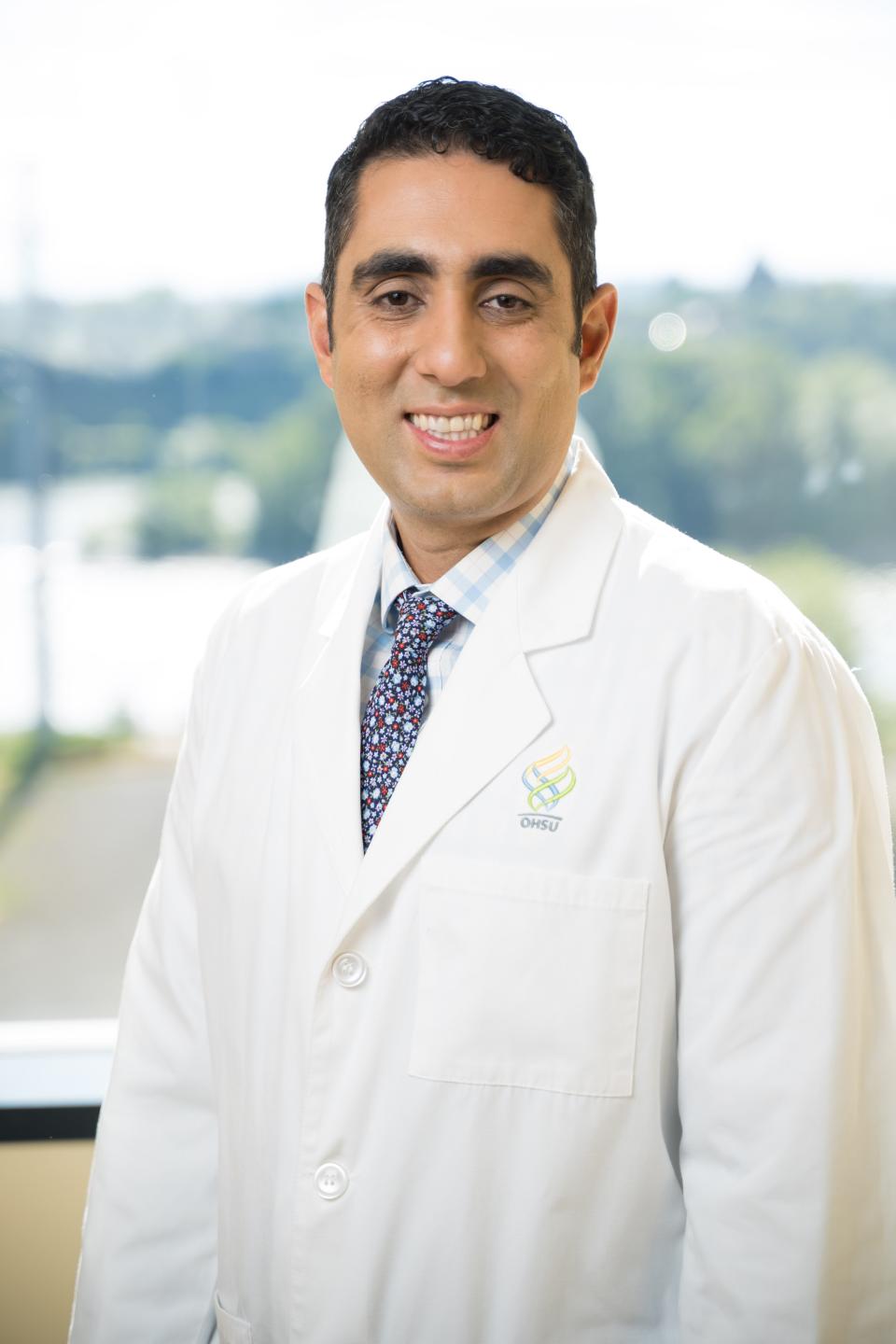
The study uses a blood draw tested using a new technology called Galleri, which detects different types of cancer.
OHSU’s coordinators visit Portland clinics and hospitals to collect blood draws from participants. There also are collection sites throughout the state, including in Salem at Salem Health, Bend, Madras, Redmond, Prineville, Hood River and The Dalles, and Coos Bay.
“Even before the study was released, we started talking with partners across the state about how we could make it more accessible to them in their communities,” said Tiffani Howard, research assistant director for community outreach and engagement at the Knight Cancer Institute.
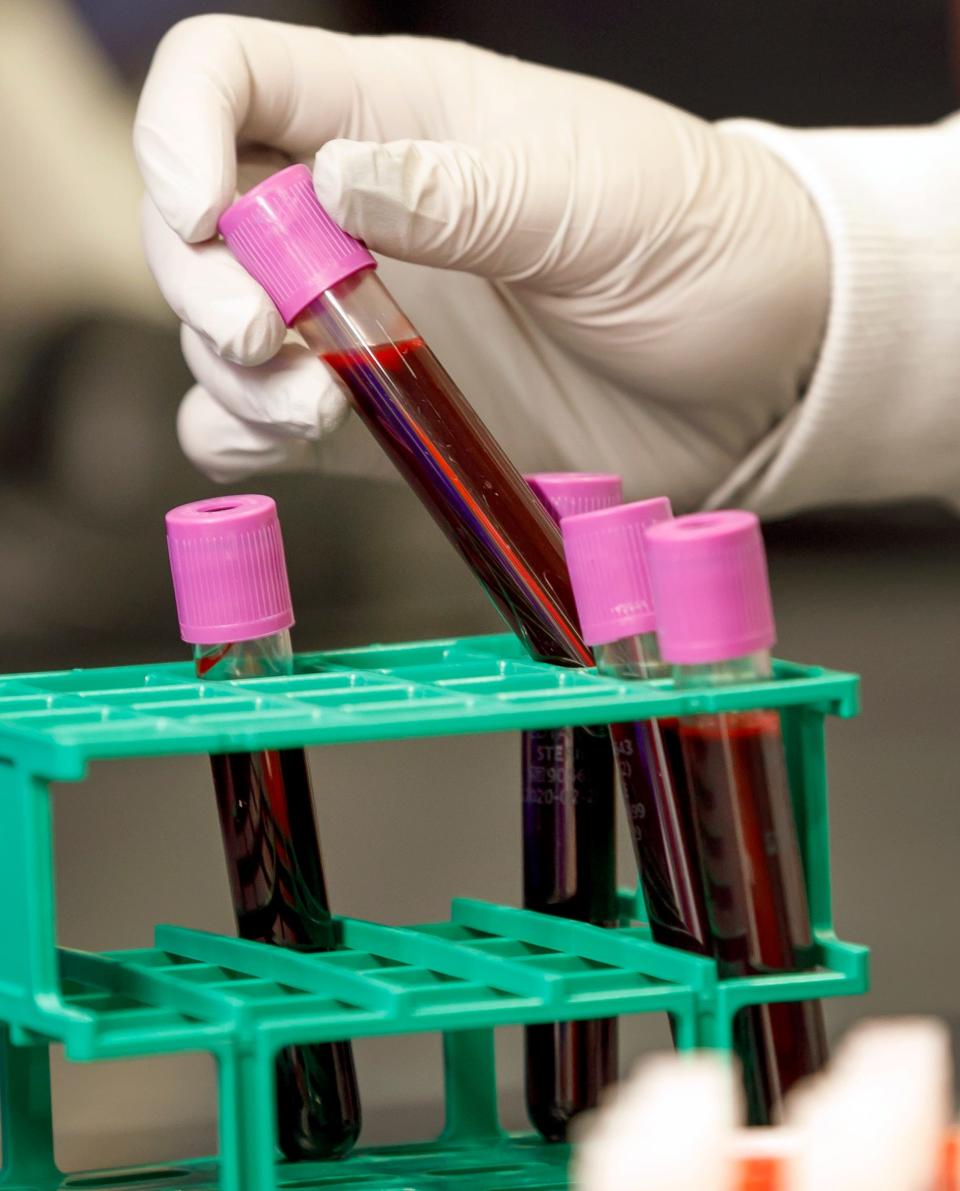
After blood samples are processed, patients receive either a “no signal detected” or a “signal detected” result. A signal detected result means there is a potential cancer identified.
Nabavizadeh calls patients with a positive result and explains what the results can mean for them. Patients are then enrolled into the study and begin a work-up process to determine what, if any, cancer the test identifies.
Nabavizadeh said the researchers are learning a lot about the tests, and finding they are often able to identify cancers before they can be seen on a PET scan or an MRI.
“We have multiple anecdotes of patients whose lives have certainly been changed in positive ways with the Pathfinder study,” said Nabavizadeh.
Around one in every 100 patients have seen a signal detected result, Nabavizadeh said, and about 50% of those have a “true cancer” they can identify. The false positive rate is only about 0.5%, which is low for cancer detection, Howard emphasized.
This process is free to participants.
Those in the study are able to participate in Spanish. The Spanish website can be accessed through this link, or by clicking on “Espanol” at the top of the Pathfinder 2 study website.
“We really made an effort to make sure that we didn’t just invite people to join the study in Spanish, and then ask them to go to the hard work of trying to be in an English study as a Spanish speaker,” said Howard. “We made sure that we had Spanish all the way through from beginning to end.”
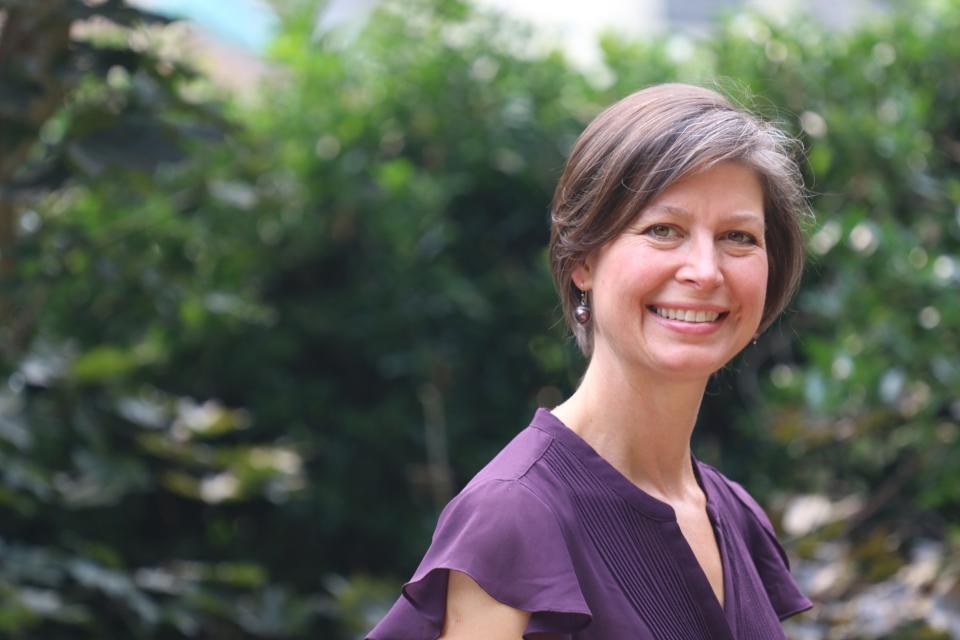
By having study sites throughout the state, including in rural Oregon, OHSU researchers have been able to include individuals who might not have been able to access the study otherwise.
In the first six months of enrollment, more than 200 participants in Coos, Curry and Douglas counties were enrolled in the Pathfinder study, said Howard. Twenty percent were of diverse racial and ethnic backgrounds, and 100% of them were rural.
“We have to show up in the community. We have to do what we say we’re going to do,” said Howard. “If we say we’re going to be there, we need to be there, and we need to listen; and that’s something we spend a lot of time trying to do.”
Oregonians 50 and older who have either never been diagnosed with cancer or have been cancer-free for at least three years are eligible to participate in the study. Those interested can go to their website by searching “Pathfinder 2 study OHSU,” or calling 503-418-8150.
The CASCADE Study: Skin care, allergies, eczema in rural communities
The Community-based Assessment of Skin Care, Allergies, and Eczema (CASCADE) study, funded by the National Institutes of Health, tested whether skin care interventions, like frequent moisturization, within the first two years of life can help prevent onset of eczema.
Atopic Dermatitis, or eczema, often begins in infancy and develops in about 13% of children in the United States, according to a 2012 study.
The national study’s principal investigator, Eric Simpson, is based at OHSU. Participants are from Oregon, Colorado, Wisconsin, and North Carolina.
The CASCADE study design utilized local primary care clinics for recruitment to reach a broader population. One clinic in Oregon is located at OHSU. The other nine are in other parts of the state. The study recruited 1,250 families from 25 different clinics in the past two years.
Parents with newborns were able to enroll while at their clinic, and participation was completed from their homes.
Participants were either assigned to a group that regularly applied moisturizers to their child or to a group that did not apply moisturizer. All supplies were provided to families, and the moisturizers selected could be found at a drug store and are mostly inexpensive.
Infants enrolled in the study were no older that 9 weeks old and participated for 24 months. Parents were instructed to apply moisturizer daily. Data on daily habits and skin condition was collected from research groups at the start of the study, at 12 months, and at 24 months.
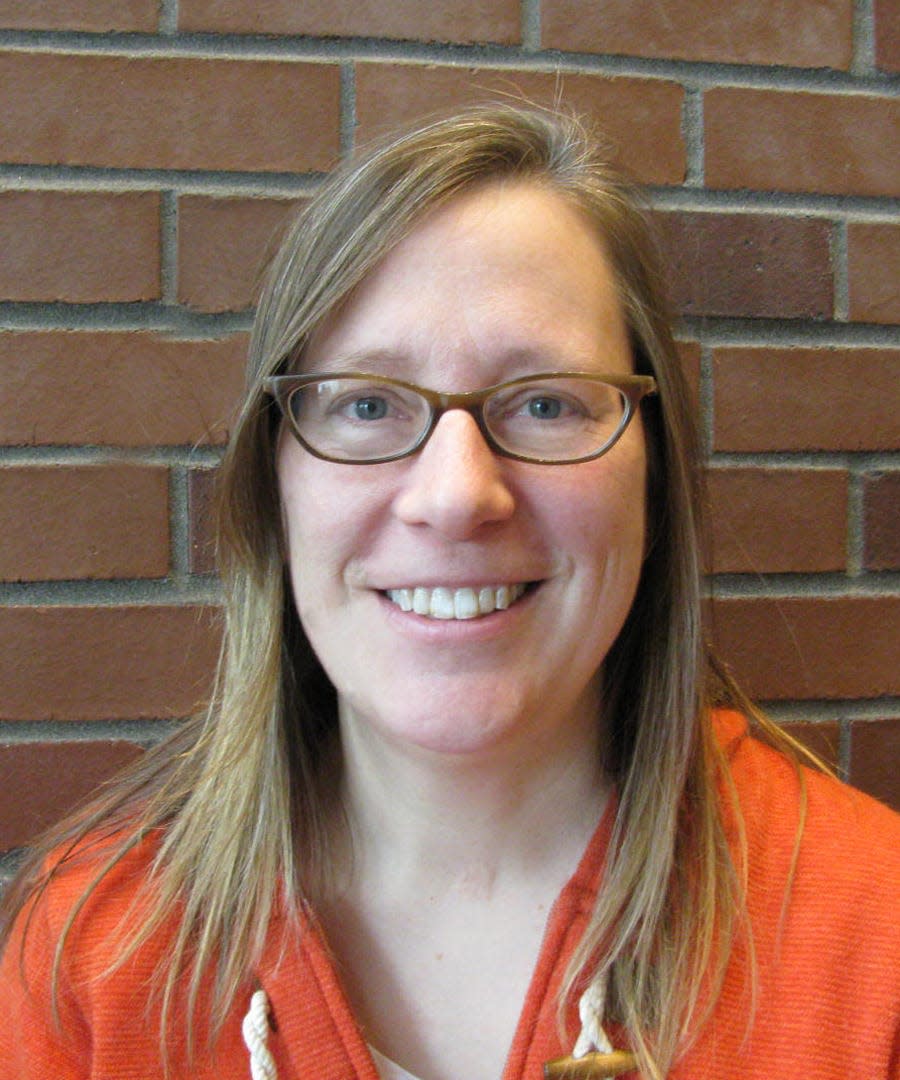
By utilizing primary care clinics for enrollment and participation, there was trust in the study, said LeAnn Michaels, director of clinical trials at Oregon Rural Practice-based Research Network.
“A primary care doctor is a trusted person,” said Michaels. “If a primary care doctor recommends you do something, you’re far more likely to consider doing it.”
Oregon Rural Practiced-based Research Network has long-term relationships with a lot of state and nationwide clinics.
Part of the study design was having a coordinator who is bilingual in English and Spanish to help develop culturally relevant language for recruitment and enrollment materials. The research coordinator also answered the CASCADE phone line, so anyone who needed questions answered in Spanish could avoid being transferred to a translator.
CASCADE was able to reach a diverse population, with 12% of participants being Black or African American, 6% Asian, and 23% Hispanic or Latino.
“We have to do everything we can in the research community to resist the urge to enroll as fast as possible, and instead, have a plan that allows us to really find all of the population and invite them,” said Michaels.
The CASCADE study is no longer recruiting, as the last participants are just finishing up their trials. Researchers are beginning to analyze results, which will be published once completed.
Sydney Wyatt covers healthcare inequities in the Mid-Willamette Valley for the Statesman Journal. Send comments, questions, and tips to her at SWyatt@gannett.com, 503-399-6613, or on Twitter @sydney_elise44
The Statesman Journal’s coverage of healthcare inequities is funded in part by the M.J. Murdock Charitable Trust, which seeks to strengthen the cultural, social, educational, and spiritual base of the Pacific Northwest through capacity-building investments in the nonprofit sector.
This article originally appeared on Salem Statesman Journal: Oregon Health Science University increase diversity clinical studies

